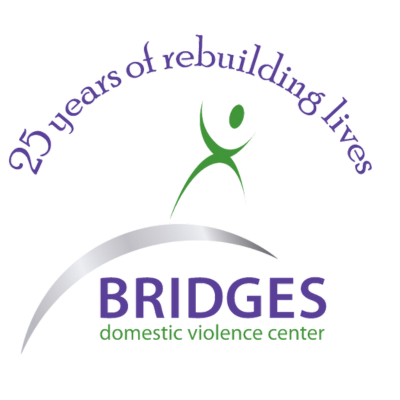Understanding the cycle of abuse is a crucial part of stopping relationship violence, but before you can truly understand it you should know what the abuse cycle is.
What Are The Three Main Phases Of The Abuse Cycle?
- The tension building phase is the first step. In this phase, the batterer gets edgy and tension begins to build up; it could be caused either by external issues – such as things not going the way they think they should – or internal emotional problems the abuser experiences. This is where the battered person may feel as though they need to “walk on eggshells” to avoid setting the abuser off.
- The second step is the explosion phase where the physical abuse occurs. It can last from a few minutes to several hours. This is the point at which the abuser has lost control of themselves and turns on the victim(s).
- The final phase is known as the honeymoon phase. This is when the perpetrator will express sorrow, promise to never do it again, or act like nothing happened. Many abusers will attempt to “make up” by buying gifts or doing small favors as proof that they have – or will – change. However, the tension almost always starts to build again, thus continuing the cycle.
What Is Important To Understand About The Cycle Of Abuse?
The most important factor for you to understand is that none of this is about you. People who abuse others are deeply troubled and have probably abused themselves at some point in their lives. Once you grasp that fact, you may begin to see that nothing you may or may not do will solve this problem, since the issues lie with the perpetrator themselves.
Here are some things to think about:
- Battering is not a mental illness that can be diagnosed, but a learned behavioral choice. Men choose to batter women because the choice is theirs to make, and until quite recently, there have been no consequences for these actions.
- The battering of a woman by a man is the extreme expression of the belief of male dominance over women. To understand why men choose to batter, it is important to look at what they get out of using violence. Men use physical, emotional and/or sexual abuse to maintain power and control over their relationships with their female partners.
- Many batterers grew up in homes where they or a sibling or their mother was abused by one or both parents. The effects of a batterer on a child have been identified as a common factor for becoming a batterer in adulthood.
- While many batterers have substance abuse problems, there is no evidence that alcohol or drugs cause violent behavior, although it is not uncommon for batterers to abuse their partners while intoxicated.
- Since battering is a learned behavior, it can be unlearned. However, the goal of non-violence in a relationship is unlikely to be achieved through traditional marital or couples therapy. Programs designed specifically for batterers are the preferred method for addressing abusive behavior.
If you or someone you know is suffering by being in a cycle of abuse, please know that there is help! Here at Bridges Domestic Violence Center, we are committed to helping people live free from domestic violence. You can call our center any time at (615) 599 5777; if you are in immediate danger, call 911.
You can learn about ways we can help you by visiting our services web page here. We have many opportunities for volunteers, as well, and our blog page is full of helpful information and resources for victims, survivors, and those who love them.
We are a member agency of United Way of Greater Nashville.

